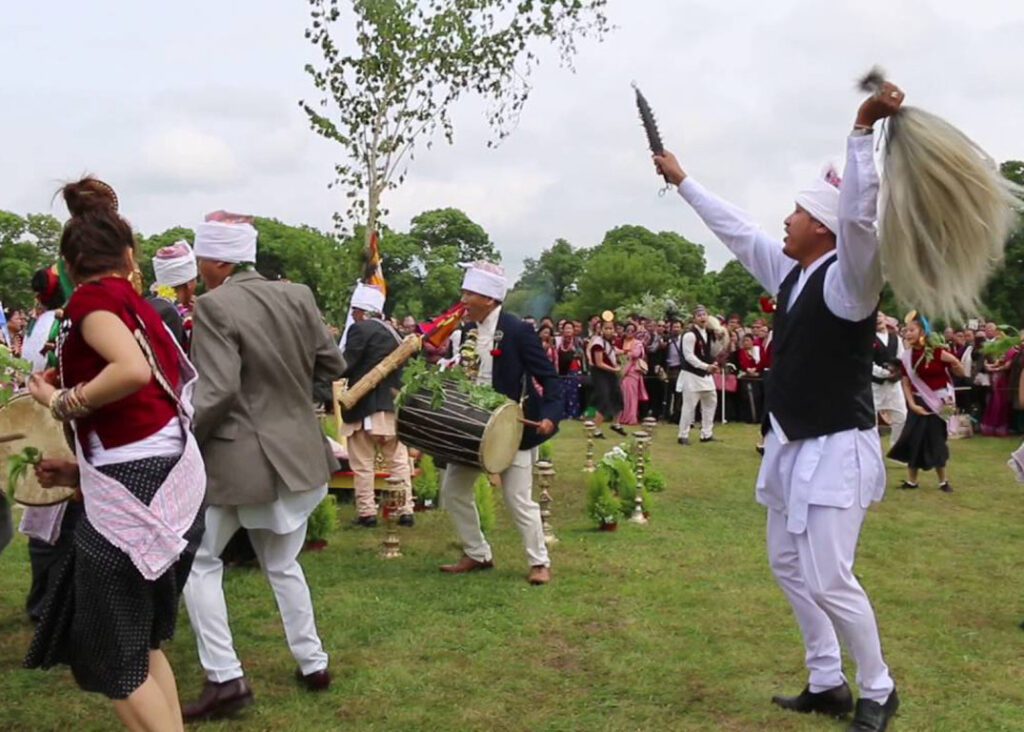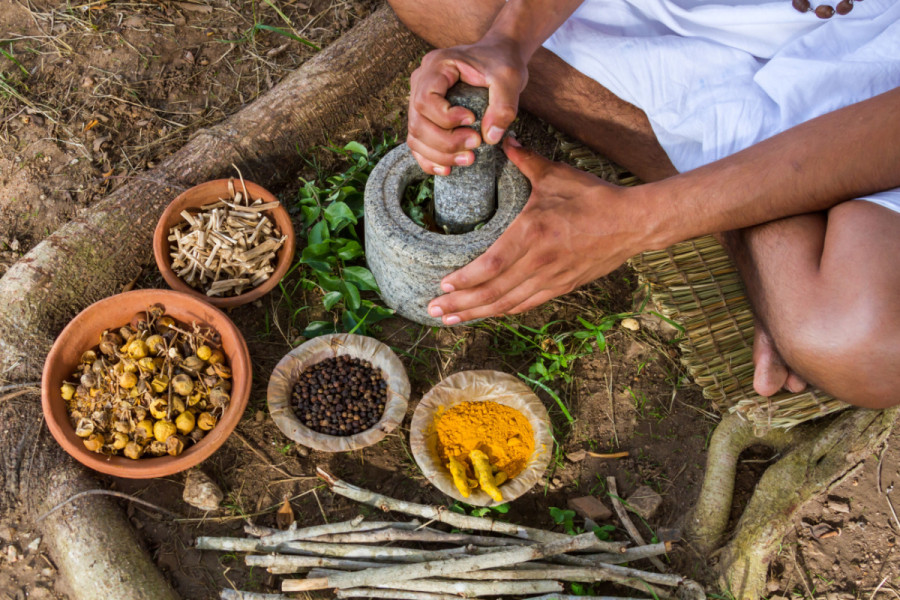Share this Article
Introduction
The Kirat Rai people are one of the oldest indigenous communities of eastern Nepal, with a history that stretches back centuries. Their culture is rich, vibrant, and deeply connected to nature, spirituality, and communal life. Central to their identity are the ancient rituals and ceremonies that have been preserved across generations. These rituals are not mere formalities; they embody the Rai worldview, integrating spirituality, agriculture, healing, and social cohesion into a holistic way of life.
Historical Background
The Rai community belongs to the larger Kirat ethnic group, which also includes the Limbu, Sunuwar, and Yakkha peoples. Historically, the Kirat people are believed to have inhabited the mid-hills and eastern valleys of Nepal long before modern state formation. Their traditions reflect an intimate relationship with the natural environment, reverence for ancestral spirits, and a belief system that merges animism, shamanism, and nature worship. The rituals of the Rai are rooted in this ancestral heritage, passed down orally through generations.
Spiritual Beliefs and Cosmology
Ancestor Worship
At the heart of Rai spiritual practice is ancestor worship. Ancestors are considered guardians of family and community, providing protection, guidance, and blessings. Rituals often involve offerings to the spirits of forebears, with the belief that honoring them ensures prosperity, health, and harmony.
Nature and Animism
The Rai people see the natural world as sacred. Rivers, mountains, forests, and even specific trees are inhabited by spirits. Many rituals are designed to appease these spirits or seek their favor, particularly in agriculture, hunting, and healing practices. The intertwining of nature and spirituality reflects a worldview that does not separate humans from their environment but sees them as part of a living, interdependent cosmos.
Key Rituals and Ceremonies
Chyabrung and Sakela
Sakela, the major agricultural festival of the Rai, is a vibrant example of ritual life. It is performed twice a year — Ubhauli to mark the planting season and Udhauli for the harvest. Rituals include the offering of grains, livestock, and prayers to nature spirits and ancestors. The Chyabrung dance, performed during Sakela, is both a social and spiritual act, reinforcing community bonds while invoking blessings for prosperity and protection.
Shamanic Healing Rituals
Rai shamans, known as Mangpa or Bijuwa, play a central role in ritual life. They perform ceremonies to heal illnesses, exorcise malevolent spirits, and restore spiritual balance. Using drums, chants, and ritual objects, shamans enter trance states to communicate with spirits. Healing rituals are deeply integrated into daily life, illustrating the Rai understanding of health as a balance of physical, spiritual, and social factors.
Life Cycle Rituals
Life cycle events — birth, puberty, marriage, and death — are marked with specific rituals that connect the individual to community and cosmos. Birth rituals include offerings to ensure the child’s protection and healthy growth. Marriage ceremonies involve elaborate prayers, animal sacrifices, and communal feasting, emphasizing the bond between families and spirits. Funerary rituals ensure that the deceased transitions peacefully to the ancestral realm, maintaining cosmic and social balance.
Rituals of Hunting and Agriculture
Given their historical dependence on subsistence farming and hunting, the Rai developed rituals to ensure success and sustainability. Hunters would perform ceremonies to honor the spirits of the animals they hunt, asking forgiveness and protection. Agricultural rituals involve offerings to gods and spirits to bless seeds, crops, and soil, reflecting a profound ecological consciousness embedded in spiritual practice.
Symbolism and Sacred Objects
Rai rituals often involve symbolic objects such as drums, sacred threads, grains, and ceremonial attire. The drum, particularly the Chyabrung, is more than a musical instrument; it is a spiritual conduit, believed to summon ancestral spirits and divine energies. Ritual attire, often adorned with beads, feathers, and colors, conveys social and spiritual messages, while ceremonial offerings symbolize gratitude, appeasement, and connection with the spiritual realm.
Role of Community in Rituals
Rituals in Rai society are deeply communal. Participation is not optional; it reinforces social cohesion, shared values, and collective identity. Festivals, dances, and ceremonies serve as occasions for passing down oral traditions, folklore, and moral teachings. In this sense, rituals are educational as well as spiritual, ensuring that each generation internalizes the principles, ethics, and cosmology of the community.
Transformation and Modern Challenges
The Kirat Rai rituals, while ancient, face pressures from modernization, migration, and external cultural influences. Young people increasingly move to urban areas, reducing participation in communal rites. Despite this, the community actively seeks to preserve its heritage. Many festivals, dances, and ceremonies continue to be performed, adapted to contemporary contexts without losing their core spiritual and cultural significance.
Significance in Contemporary Society
Even today, Rai rituals serve multiple functions. They reinforce a sense of belonging and identity, maintain ecological consciousness, and provide a framework for physical and spiritual well-being. Rituals like Sakela have also gained visibility outside the community, attracting attention from researchers, tourists, and cultural enthusiasts, highlighting the enduring relevance of these ancient practices.
Conclusion
The ancient rituals of the Kirat Rai people are more than ceremonial practices; they are a living manifestation of history, spirituality, and ecology. Embedded in every dance, prayer, and offering is a worldview that honors ancestors, respects nature, and nurtures community. These rituals connect the Rai people to their past, guide them in the present, and offer a blueprint for preserving cultural integrity and ecological harmony in the future. By understanding and valuing these practices, we gain insight into one of Nepal’s most profound indigenous traditions — a tradition where every ritual is a bridge between humans, spirits, and the natural world.
Categories:
Culture & Traditions
Tags:
Kirat ethnic group







